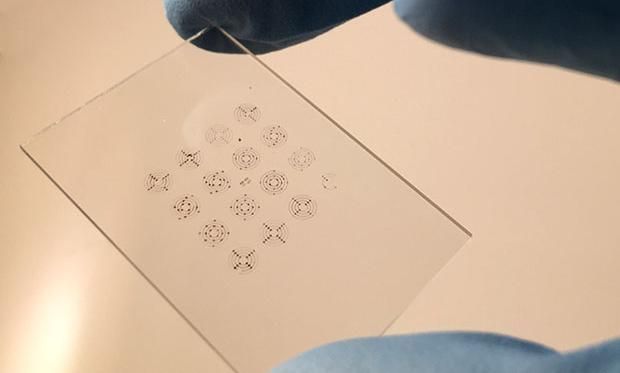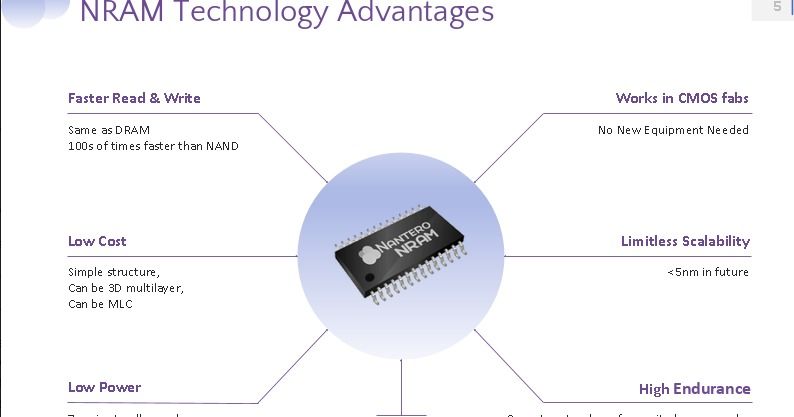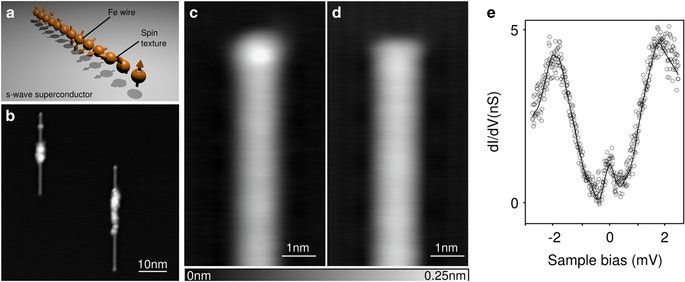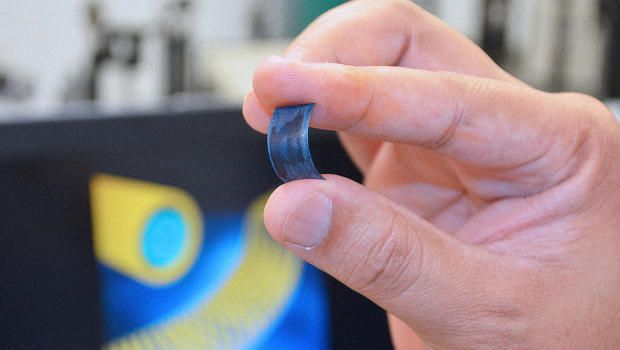NASA researchers have joined forces with Stephen Hawking to build a nano-starship that can travel one-fifth the speed of light.
If successful, the ship, called “StarChip” could reach Earth’s closest star system, Alpha Centauri, in 20 years.

NASA researchers have joined forces with Stephen Hawking to build a nano-starship that can travel one-fifth the speed of light.
If successful, the ship, called “StarChip” could reach Earth’s closest star system, Alpha Centauri, in 20 years.


In April, a team of scientists including Stephen Hawking announced a mind-boggling new project to explore interstellar space, using lasers to propel a nano-spacecraft the size of a postage stamp to our nearest star system, Alpha Centauri.
If they could get their little ‘StarChip’ spacecraft to travel at 20 percent the speed of light, it could arrive in just 20 years. But how would the electronics on such a tiny, vulnerable spacecraft survive for 20 years in the hostility of space?
The problem for Hawking’s Breakthrough Starshot project, say researchers at NASA and the Korea Institute of Science and Technology, is radiation.


We recently wrote an article about how we need to redefine what “nanotechnology” means in the context of looking for “nanotech” companies to invest it. When you can use synthetic biology and gene editing to change the way that bacteria function by genetically modifying them, the result are microscopic biological machines. These tiny biological machines sound a whole lot like the nanobots that we were promised which would go around doing cool things without even being visible to the human eye. Earlier this year we profiled three companies that we claimed were working on building nanobot factories that create designer organisms on demand. Let’s take a closer look at one of these companies called Ginkgo Bioworks.

Founded in 2008, Massachusetts based startup Ginkgo Bioworks has taken in a total of $154 million in funding so far with their latest $100 million Series C round closing in summer of this year. The Company refers to themselves as “the organism company” and their value proposition has attracted investment from a whole slew of investors who realize the potential of developing new organisms that can replace technology with biology. In their own words, Ginkgo Bioworks is doing “programming without a debugger, manufacturing without CAD, and construction without cranes” which requires a whole lot of intellectual firepower and may be why they have 5 founders:

Nantero Inc., the nanotechnology company developing next-generation memory using carbon nanotubes, today announced the closing of an over $21 million financing round. The lead investor in the round was Globespan Capital Partners and also included participation from both new and existing strategic and financial investors. Nantero currently has more than a dozen partners and customers in the consumer electronics, enterprise systems, and semiconductor industries actively working on NRAM®. The new funding will enable the company to support these partners in bringing multiple products into the market, while also enabling new customers to begin development. This financing round brings the total invested in Nantero to date to over $110 million.
“This round enables Nantero to accelerate its pace in product development, especially of its multi-gigabyte DDR4-compatible memory product,” said David Poltack, Managing Director, Globespan Capital Partners. “Nantero has multiple industry-leading customers who would like to receive NRAM even sooner. The fact that several of these customers, as well as key partners in the ecosystem, have decided to also invest in Nantero is a strong sign of confidence given how well they know Nantero and its product from years of working together.”
“The customer traction we’ve achieved at Nantero has been overwhelming, as evidenced by our recent announcement that NRAM had been selected by both Fujitsu Semiconductor and Mie Fujitsu Semiconductor,” said Greg Schmergel, Co-Founder & CEO of Nantero. “With this additional funding, we will be able to help these existing customers speed their time to market while also supporting the many other companies that have approached us about using Nantero NRAM in their next generation products.”



MNA– Head of Iran Nanotechnology Initiative Council and Iran’s envoy to Armenia met with Armenian Minister of Transport, Communication and IT in Yerevan.
Seyed Kazem Sadjadi, the Ambassador of the Islamic Republic of Iran to Yerevan and Professor Saeed Sarkar, Secretary-General of the Iran Nanotechnology Initiative Council (INIC) met with Vahan Martirosyan, the Minister of Transport, Communication and Information Technology of the Republic of Armenia on Wednesday in Yerevan.
The Armenian minister in the meeting welcomed the Iranian delegation for initiating cooperation and underlined that cooperation with Iran in areas of transportation and communication was of prime importance to Armenia. He voiced hope for expansion of bilateral cooperation in information technology.

Want a louder bass or speakers in general get Quantum.
Ora, a Montreal-based tech start-up, has announced that it has developed the first consumer-ready graphene loudspeaker.
The company believes that graphene holds the ideal properties sought after in loudspeaker diaphragms: stiffness (graphene is stronger than diamond) and lightness (graphene is the thinnest known material, one atom thick).
Building acoustic transducers with these properties allows for the production of smaller, lighter, more energy-efficient loudspeakers, while also improving sound quality. However, the difficulty and expense of mass-producing graphene has presented a roadblock to bringing the material to consumer products.